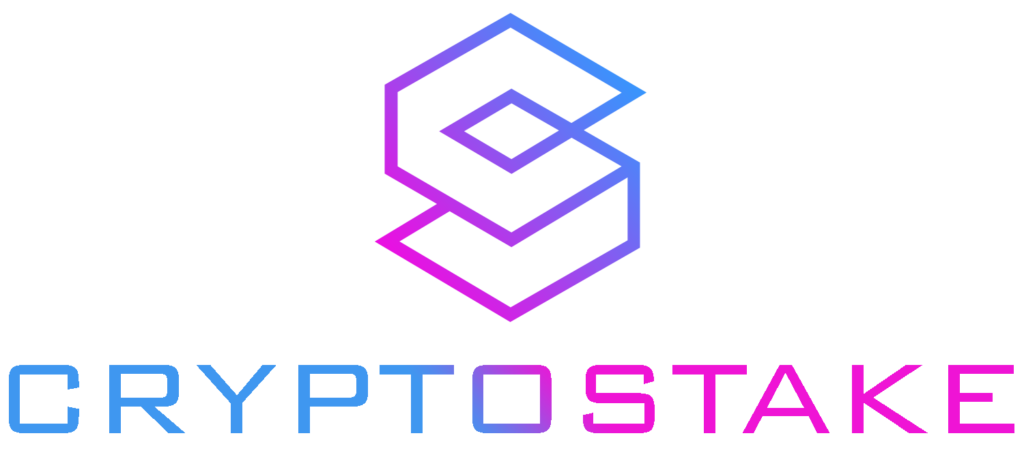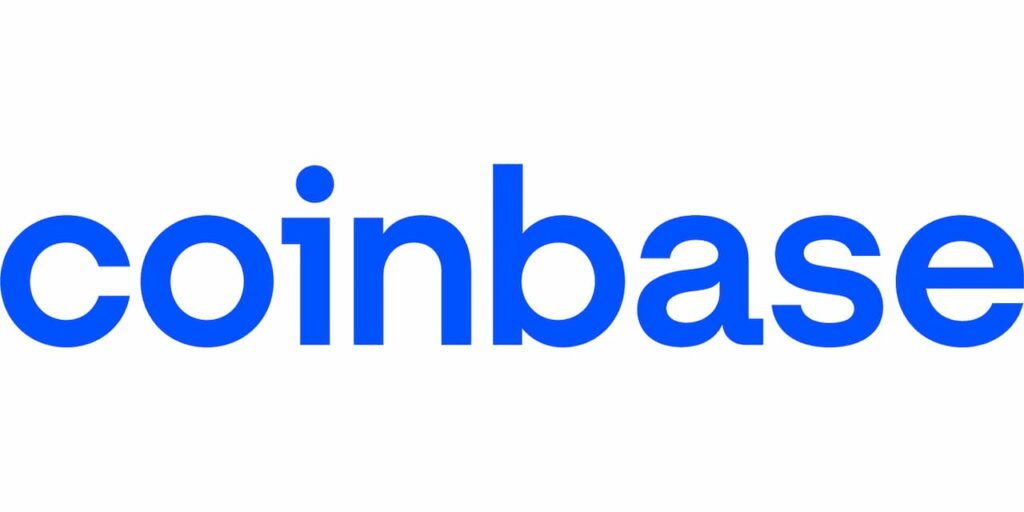Nowadays, generating passive income has placed itself among the priorities of investors. According to Statista, the Cryptocurrencies market worldwide is projected to grow by 11.98% (2023-2028) resulting in a market volume of US$71.7bn in 2028, and staking allows for generating passive interest income with minimal risks.
With the growing popularity of Proof-of-Stake (PoS) consensus mechanisms, the act of staking crypto assets to validate transactions and secure networks has become a lucrative opportunity.
For those who have only started thinking about immersing themselves into cryptocurrency staking and already have certain experience in staking, we have prepared a hot list of the best crypto staking platforms. It will allow crypto stakers to discover the most effective tools for passive income and significantly grow their crypto portfolios.
This article will delve into the best places to stake crypto and highlight the rewards they offer. Selecting the right staking platform is crucial, considering factors like usability, supported cryptocurrencies, security measures, and fees.
Best Apps to Earn Crypto
In today’s dynamic crypto landscape, numerous platforms facilitate staking. When it comes to the best places to earn interest on crypto, several platforms stand out for their diverse offerings and user-friendly interfaces. Cryptostake.com, Binance.com, Coinbase.com, Everstake.one, and Stake.fish are among the prominent platforms enabling users to participate in crypto staking and earn rewards.
CryptoStake.com

CryptoStake.com as a non-custodial platform prioritizes user control and the highest security in staking activities. Offering direct access to the Ethereum validator, users contribute to network operations while earning rewards. It also offers 99.8% uptime and ensures seamless flow and consistency in crypto-staking rewards. The platform’s tax assistance helps users in navigating complex tax implications. With a focus on security, user autonomy, and comprehensive support, Cryptostake is a trusted mobile app for secure and rewarding crypto staking activities.
Pros:
User-friendly interface
Variety of staking options
Diverse supported cryptocurrencies
Strong security measures
The lowest available fees
Cons:
As on the other platforms, US and EU residents will have to pay crypto staking taxes.
Binance.com

Binance.com is a prominent name in the crypto space, offering an extensive array of services, including staking. Its platform provides a wide selection of cryptocurrencies for staking, giving users flexibility in choosing their investment options. With a large user base, Binance offers liquidity and a relatively lower fee structure compared to many other platforms. However, the platform’s interface might be overwhelming for newcomers.
Pros:
Extensive range of services
Wide selection of cryptocurrencies for staking
Large user base and liquidity
Relatively lower fee structure
Cons:
Overwhelming interface for beginners
Coinbase.com

Coinbase.com is recognized for its user-friendly interface and high-level security protocols. While initially focused on trading, Coinbase has expanded its services to include staking options for select cryptocurrencies. The platform’s simplicity appeals to beginners, but its staking offerings might be more limited compared to specialized staking platforms. However, the trustworthiness and regulatory compliance of Coinbase attract users seeking reliability.
Pros:
User-friendly interface
High-level security protocols
Trustworthiness and regulatory compliance
Cons:
Limited staking offerings compared to specialized platforms
Everstake.one

Everstake.one stands out for its diverse selection of supported cryptocurrencies for staking. The platform offers a user-friendly interface and provides users with detailed statistics and insights into their staking activities. Everstake.one emphasizes security measures and aims to provide a hassle-free staking experience. However, its services might not be as widely recognized compared to bigger platforms.
Pros:
Diverse selection of supported cryptocurrencies
User-friendly interface
Detailed statistics and insights
Emphasis on security measures
Cons:
Limited recognition compared to larger platforms
Stake.fish

Stake.fish offers staking services across multiple blockchains, providing users with an easy-to-use platform and a variety of staking options. The platform emphasizes its security measures and reliability, catering to both beginners and experienced users. Stake.fish’s commitment to transparency and user education makes it a suitable choice for those seeking a dependable staking platform. However, its fees might be slightly higher compared to some competitors.
Pros:
Multiple blockchain staking options
User-friendly platform
Emphasis on security and reliability
Transparency and user education
Cons:
Slightly higher fees compared to some competitors
Each platform has its strengths and caters to different types of users based on their preferences for usability, supported cryptocurrencies, fees, and security measures. Users need to consider these factors and align them with their investment goals when choosing a staking platform.
How Does Crypto Staking Work
If you want to deeply understand what does it mean to stake crypto, you will find the answer in this paragraph. Staking in the realm of cryptocurrencies essentially means actively participating in the validation and verification of transactions on a blockchain network. This process plays a vital role in maintaining the network’s security and functionality, primarily in networks that utilize the Proof-of-Stake (PoS) consensus mechanism. Instead of relying on mining power, PoS networks rely on validators, or stakers, who lock up a certain amount of their cryptocurrency as collateral.
By staking their crypto holdings, individuals contribute to the network’s operations, essentially acting as validators and helping validate transactions. In return for this service, stakers receive rewards in the form of additional cryptocurrencies. These rewards vary based on factors such as the amount of cryptocurrency staked and the duration it’s been staked for. The more tokens a user stakes and the longer they hold them in the network, the higher the potential rewards they can earn.
Staking involves choosing a suitable staking platform or service provider, depositing the desired cryptocurrency into the platform’s wallet, and actively participating in the consensus process. Some platforms allow users to stake directly from their own wallets or through a delegated staking service, simplifying the process for users who might not want to run their own validator nodes.
Interested investors can explore various online resources like Forbes, NerdWallet, Investopedia, and TokenTax for detailed insights into the best crypto staking platforms available. These platforms often provide user-friendly interfaces and comprehensive guides to help users understand the staking process and choose the most suitable platform based on their preferences and goals.
Understanding how crypto staking operates is crucial for those who aim to leverage their cryptocurrency holdings to earn passive income while actively contributing to the security and functionality of blockchain networks. It will also allow you to earn the highest crypto staking rewards and significantly increase your income.
How to Calculate Crypto Staking Rewards
Estimating potential staking rewards involves considering various factors such as the total amount of cryptocurrency staked, the staking duration, and the specific rewards offered by the blockchain network. While the calculation might seem complex, several staking rewards calculators are available online, simplifying this process for users.
A staking rewards calculator typically requires inputs such as the amount of cryptocurrency being staked and the staking period. Using this information, these calculators provide users with an estimate of the rewards they can potentially earn over a specified duration. These tools are invaluable for investors as they enable them to make informed decisions based on projected earnings.
Calculating staking rewards involves considering various factors, including the total staked amount, staking duration, and network performance. The formula to estimate rewards often depends on the specific blockchain protocol. For instance, a simplified formula for calculating staking rewards could be [(Staked Amount / Total Staked) * Total Rewards]. Demonstrating this calculation with examples from prominent networks can help users better grasp the potential earnings.
Additionally, many staking platforms themselves offer calculators or estimators within their interfaces. These tools enable users to calculate and project their potential earnings based on the amount they intend to stake and the duration of the staking period. This empowers investors to plan their staking strategies and better understand the potential returns before committing their assets to a particular staking platform.
The Best Cryptocurrency Rewards
The landscape of crypto staking rewards presents a spectrum of opportunities, with various cryptocurrencies offering enticing annual percentage yields (APY) for stakers. Ethereum (ETH) continues to lead the pack, especially with its transition to Ethereum 2.0. The shift to a Proof-of-Stake (PoS) consensus mechanism has significantly increased Ethereum’s staking rewards, often ranging between 5% to 10% APY. This upgrade not only enhances the network’s scalability and sustainability but also rewards stakers generously.
Cardano’s ADA also emerges as a formidable contender in the staking arena. With its commitment to scalability and sustainability, ADA offers competitive rewards that frequently surpass 5% APY. The platform’s innovative approach to smart contracts and decentralized applications attracts stakers seeking substantial returns while supporting a promising blockchain ecosystem.
Additionally, Solana (SOL) has garnered attention for its impressive staking rewards. SOL’s high throughput and low transaction costs make it a compelling option for stakers, with rewards frequently exceeding 8% APY. Its emphasis on scalability and performance positions Solana as an appealing choice for investors seeking higher returns within the staking landscape.
Comparing the annual percentage yields (APY) among different networks reveals a diverse range of staking rewards. Ethereum’s transition to Ethereum 2.0 presents a promising outlook, offering stakers a potential APY between 5% to 10%. Meanwhile, Cardano’s ADA, with its competitive stance, frequently surpasses the 5% APY mark, solidifying its position as a lucrative staking option. On the other hand, Solana’s impressive performance provides stakers with rewards often exceeding 8% APY, making it an attractive choice for those eyeing substantial returns.
The allure of high staking rewards from top-performing coins like Ethereum, Cardano, and Solana extends beyond potential earnings. These cryptocurrencies not only offer attractive APY figures but also boast strong fundamentals, innovative technologies, and robust communities. Investors looking to stake their assets seek not only lucrative rewards but also long-term sustainability and growth potential, factors these top-performing coins often embody within the evolving blockchain ecosystem.
In conclusion, the realm of crypto staking rewards presents an array of opportunities, with Ethereum, Cardano, and Solana showcasing some of the most attractive APY figures in the staking landscape. However, investors should approach staking activities with a comprehensive understanding of the associated risks, thorough research, and a focus on the long-term viability of the chosen staking platform or network to maximize potential rewards while minimizing risks.
Methodology
A multifaceted research methodology was applied to evaluate and compare the staking platforms, aiming to gain a comprehensive view of the best platforms and their associated rewards.
The evaluation process included thorough research using reliable sources such as official platform websites, user reviews, and expert opinions. Criteria such as user-friendliness, supported assets, security measures, fees and rewards were taken into account. The process of selecting the best staking and reward platforms was transparent, which ensured a balanced and reasonable comparison.
FAQ
What is Staking Crypto?
Staking crypto refers to the process of actively participating in the validation and verification of transactions on a blockchain network by locking up a certain amount of cryptocurrency as collateral. This process contributes to the security and functionality of the network, and participants, known as stakers or validators, are rewarded for their contributions.
What are Staking Rewards?
Staking rewards are incentives offered to participants who stake their cryptocurrency to support the operations of a blockchain network. These rewards are typically in the form of additional cryptocurrencies and are distributed to stakers as compensation for securing the network and validating transactions. The rewards vary based on factors like the amount of cryptocurrency staked, the duration it’s been staked for, and the specific reward structure of the network.
What are the Risks of Staking Crypto?
While staking crypto can be rewarding, it also comes with certain risks that participants should be aware of. One primary risk is the potential for financial loss. If a staker behaves improperly or the network experiences issues, there might be penalties, including the loss of a portion or all of the staked assets. Additionally, market volatility can affect the value of the staked cryptocurrency, impacting potential earnings. Other risks include technical vulnerabilities, slashing risks, and the overall security of the staking platform or network. Individuals must conduct thorough research and understand these risks before engaging in staking activities to mitigate potential losses.
Conclusion
Choosing the right staking platform is a key decision for investors who want to participate in cryptocurrency staking. This article will help you make an informed decision about staking. Understanding the platform’s technical features, security measures, and long-term viability is crucial to maximizing potential rewards while mitigating risks.




